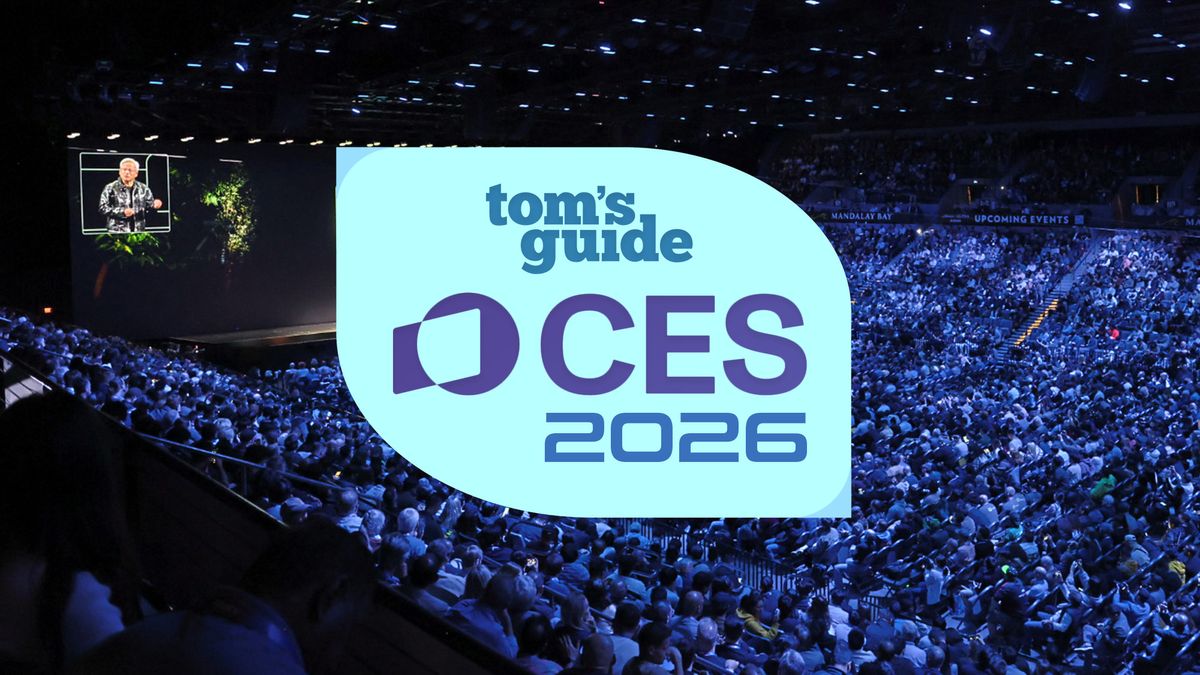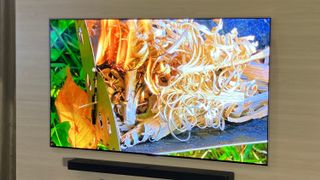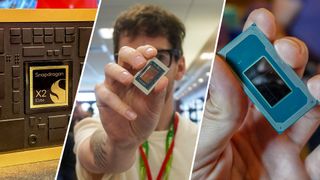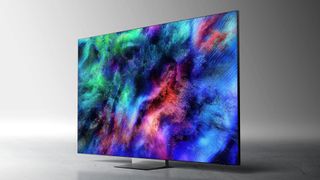CES 2026 coverage

CES is the most important show of the year, revealing the future of consumer tech. For 2026, the show will run from January 6-9, and as it has for the last few decades, will be held in Las Vegas.
Through all the rumors and leaks, we're seeing the stars align on a lot of next gen gadgets, and if one thing is clear, AI is going to be at the center of a lot of it. From the latest and greatest in laptops and computing, to TVs and audio, cars and EVs, and all the weird and wonderful new gadgets to boot.
So follow along with us, as we will have our team on the ground covering the latest news and going hands-on with everything that is announced. We will also be sharing all of our favorite finds on TikTok too, so make sure you're following us!
Best of CES over the years
Best of CES 2025 | Best of CES 2024 | Best of CES 2023 | Best of CES 2022 | Best of CES 2021
Latest about CES

LG Display announces world's first 240Hz 'RGB stripe' OLED panel — here's why it's a big deal
By Tony Polanco published
Ahead of CES 2026, LG announces the world's first 27-inch 240Hz 4K OLED monitor featuring an RGB stripe structure. Here's how that's important.

LG Display teases next generation of OLED TV technology — meet Tandem WOLED
By Scott Younker last updated
A simplified rebrand and new technology are coming to OLED TVs

RAM price crisis LIVE — all the latest updates on price surges, global memory shortage, expert advice and more
By Darragh Murphy last updated
Here's everything you need to know about the ongoing RAM price crisis, along with the latest updates and our expert advice on current prices on phones, tablets, laptops and more.

We finally have a price for Intel Panther Lake laptops, and it's cheaper than you think
By Darragh Murphy published
The first Intel Panther Lake laptops are now listed at retailers, and prices start at $999. Will they be cheaper than we think?

Intel Panther Lake vs Snapdragon X2 Elite vs AMD Gorgon Point — one chip is already pulling ahead in 2026's CPU war
By Jason England last updated
Intel, Qualcomm and AMD are stepping into what will be a huge CPU war in 2026. Here's everything you need to know, and how Apple fits into the equation,

Samsung's new Micro RGB TV lineup will go toe-to-toe with LG at CES 2026
By Nick Pino published
Just one day after LG announced that it’s bringing its first-ever Micro RGB TV to CES 2026, Samsung has fired back with some Micro RGB news of its own.

LG just announced its first Micro RGB TV — and it's a massive upgrade for Mini-LED
By Nick Pino last updated
Ahead of CES 2026, LG has taken the wraps off of its first-ever Micro RGB TV that looks like a serious upgrade for Mini-LED TVs.

Exclusive: Hisense is betting on RGB TVs to shake up the industry — and make rivals nervous
By Kate Kozuch published
In my exclusive interview with new CMO Sarah Larsen, the former LG and Samsung exec explains how RGB Mini LED will help Hisense redefine value in TVs.
Here at Tom’s Guide our expert editors are committed to bringing you the best news, reviews and guides to help you stay informed and ahead of the curve!


